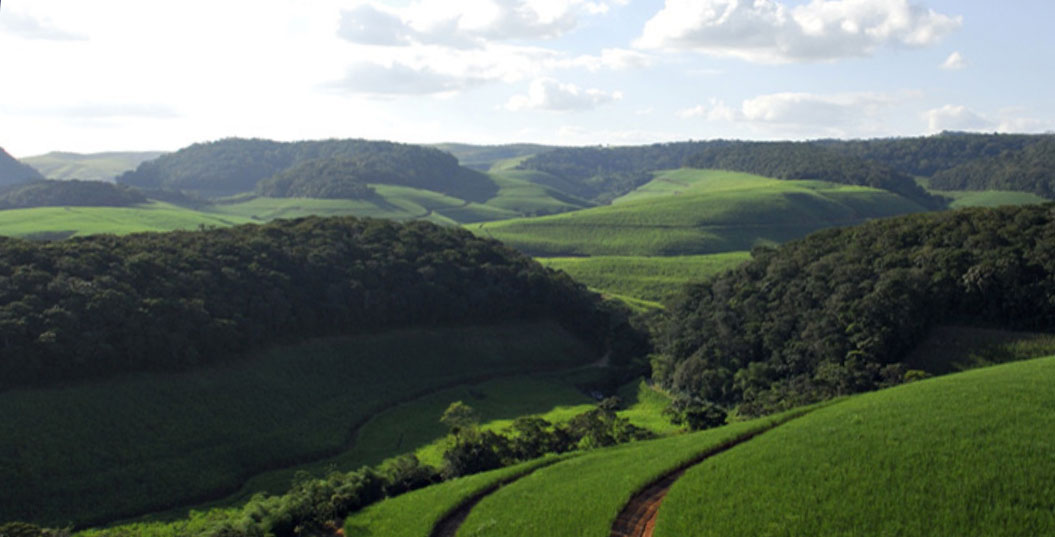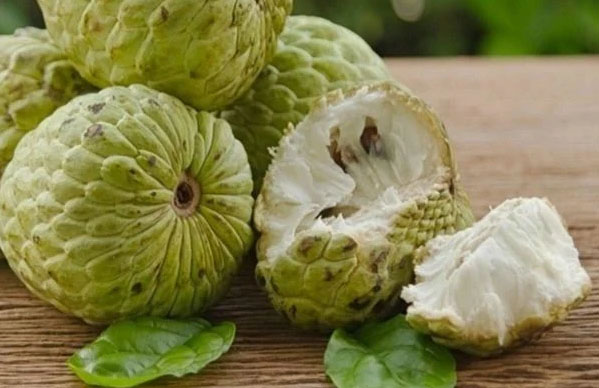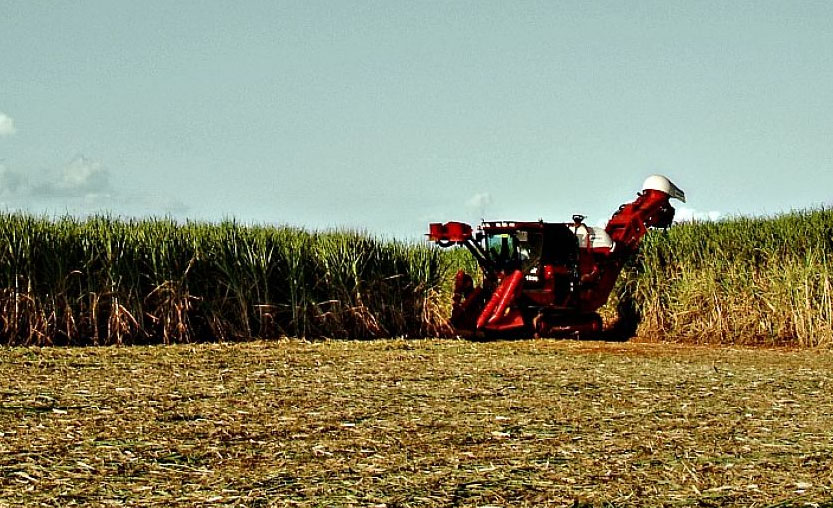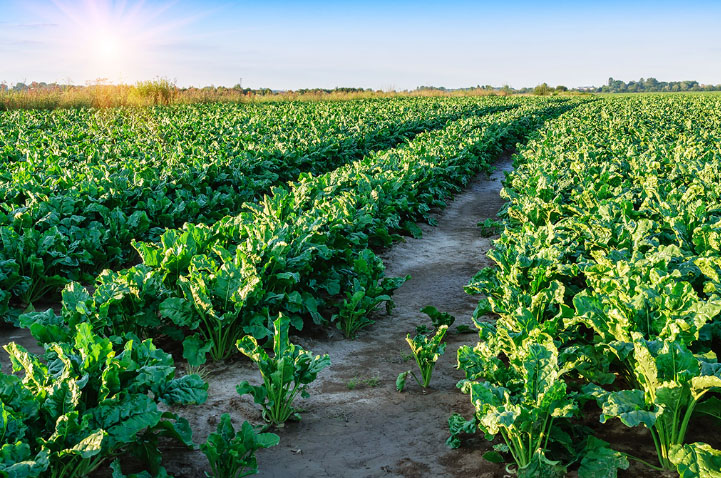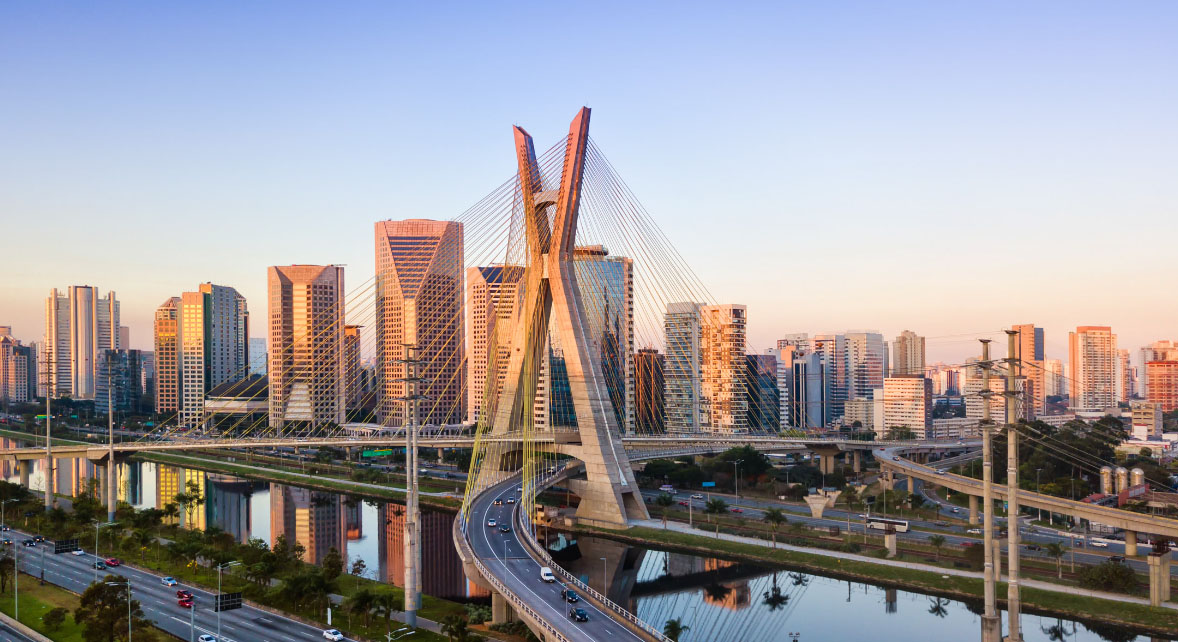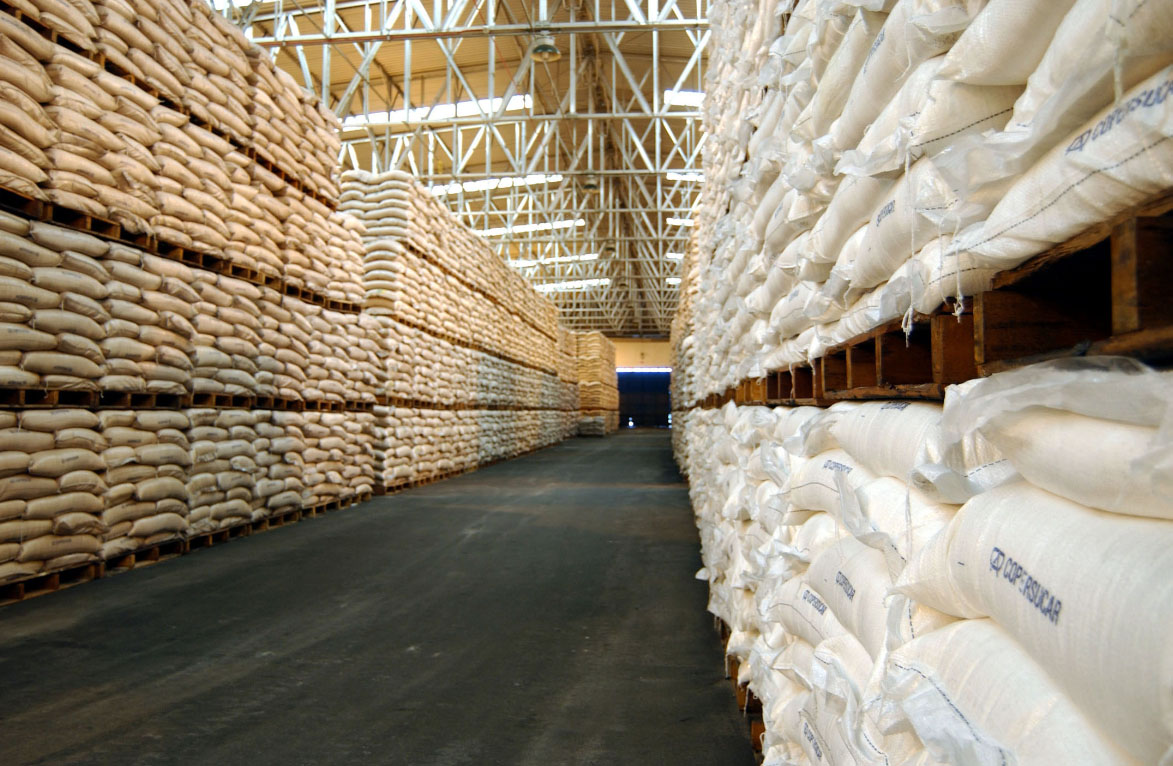Every year
in Brazil, as the lush fields of sugarcane sway to the rhythm of the wind, a
vibrant and rhythmic event takes center stage – the sugar harvest. This annual
occurrence not only signifies a vital part of Brazil’s agricultural calendar
but also serves as a cultural celebration of the nation’s rich history. In this
blog post, we will delve into the mesmerizing world of the sugar harvest in
Brazil, exploring the process, significance, and the unique cultural
festivities that surround this sweet endeavor.
The
Rhythmic Start
Seasonal
Precision: The sugar harvest typically commences during Brazil’s dry season,
which usually runs from May to October. This period provides the ideal
conditions for harvesting and processing sugarcane.
Harvesting
Techniques: Modern mechanized methods are used for harvesting sugarcane,
ensuring efficiency and minimal waste.
Harvesting
and Transportation
Mechanical
Harvesters: Specialized machines are employed to cut and harvest the sugarcane,
making the process faster and more efficient.
Transport
to the Mill: The harvested sugarcane is then transported to nearby sugar mills
for processing. The rapid transportation ensures that the sugarcane retains its
freshness.
The Sugar
Mill Process
Crushing
and Extraction: At the sugar mills, the sugarcane is crushed to extract the
sugary juice. This juice forms the basis for various sugar products, including
white sugar, brown sugar, and molasses.
Boiling and
Crystallization: The extracted juice undergoes a series of boiling and crystallization
processes to produce the desired sugar types. Each type has its distinct
characteristics.
Cultural
Significance
Festive
Spirit: The sugar harvest is more than just an agricultural event; it’s a
celebration of the nation’s cultural heritage. Many regions in Brazil hold
festivities to mark the beginning of the harvest season.
Music and
Dance: Traditional music and dance play a significant role in these
celebrations. Samba rhythms and colorful costumes are common features of these
events.
The Sweet
Outcome
A Global
Export: Brazil is one of the world’s largest sugar producers and exporters,
with its sugar products reaching markets across the globe.
Economic
Significance: The sugar harvest holds immense economic importance for Brazil.
It supports numerous livelihoods and contributes to the nation’s economy.
Harvest
Festivals
Festa da
Cana: In the city of Piracicaba, the Festa da Cana (Sugar Cane Festival) is a
grand celebration of the sugar harvest, featuring parades, music, and
sugarcane-related exhibits.
Carnival
Connections: In some regions, the sugar harvest celebrations merge with
Carnival, creating a dynamic and colorful fusion of cultures and traditions.
Conclusion
The sugar
harvest in Brazil is a harmonious convergence of agriculture, culture, and
tradition. It represents not only the nation’s significant role in the global
sugar market but also its ability to turn an agricultural event into a vibrant
celebration of life. As sugarcane fields sway and machines hum, the sugar harvest
in Brazil remains a mesmerizing and rhythmic event that showcases the country’s
rich history and cultural heritage, leaving a sweet aftertaste in the hearts of
those who witness it.

